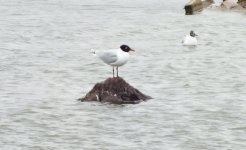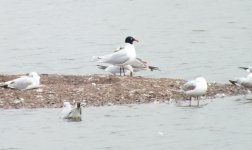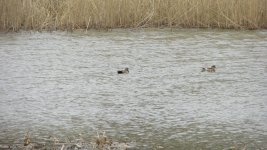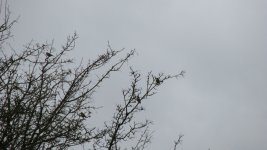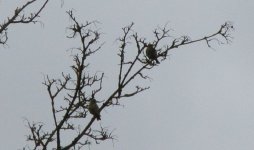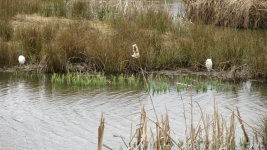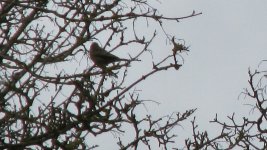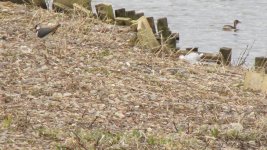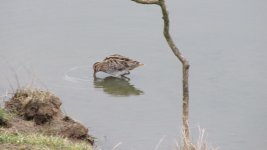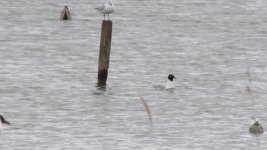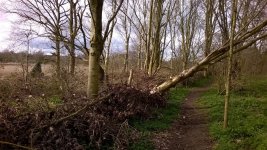upstarts1979
Well-known member
petty but it all helps
On Thursday the Trust are having a Children's day in the east hide - not sure what time (I will find out). Anyway we were asked by the Trust to sweep and tidy up the hide, as it was quite a mess. :eek!:
As you know the reserve is managed and wardened by a great number of willing volunteers. So to help us out could everyone please take home there food wrappers, cartons/ can and bottles(non-alcoholic - I hope, but that's another story for another day8-P).
Oh! and to the person that thinks chucking banana skins out of the concrete hide is acceptable this applies to you as well....and you were seen by the way. So I will add banana skins to the list. :t:John
On Thursday the Trust are having a Children's day in the east hide - not sure what time (I will find out). Anyway we were asked by the Trust to sweep and tidy up the hide, as it was quite a mess. :eek!:
As you know the reserve is managed and wardened by a great number of willing volunteers. So to help us out could everyone please take home there food wrappers, cartons/ can and bottles(non-alcoholic - I hope, but that's another story for another day8-P).
Oh! and to the person that thinks chucking banana skins out of the concrete hide is acceptable this applies to you as well....and you were seen by the way. So I will add banana skins to the list. :t:John





